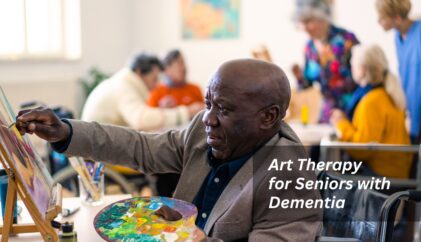
Researchers agree that real happiness is a combination of how satisfied you are with your life and how good you feel on a day-to-day basis.
Researchers agree that real happiness is a combination of how satisfied you are with your life and how good you feel on a day-to-day basis. It’s a feeling of contentment and satisfaction with what you have and how your life is. General happiness is largely influenced by our genetics, and it is shaped by the happiness and contentment we saw (or didn’t see) from our early caregivers. While some people may seem to have a head start toward being happy or content, certainly, our own healthy behaviors (or lack thereof) can increase or decrease our happiness level.
Many people say they want to be happier (or fitter, for that matter). But if you really want to see that change in your abs or your mood, you will have to put in some work. Being happy, staying happy, and becoming happier requires some action on our part. Think of happiness as a muscle you can strengthen. It requires us to be intentional about finding or identifying the happiness that already exists in our lives and also about creating happiness, even in the harder parts of our journey.
People that identify themselves as happy live with purpose and they find meaning in their lives. They find satisfaction in lasting relationships, working toward their goals, and living according to their values. People who are happy have the full range of emotions, but they tend to be more resilient. Because they are already putting effort into cultivating their goals and relationships, they tend to be able to weather storms and bounce back from hardships more easily.
Happy people are emotionally and cognitively flexible, they have learned to tolerate change and challenges, they smile and laugh a lot, they’re kind to themselves, they participate in healthy reciprocal relationships, and they live with meaning and purpose. They exercise not sweating all the small things, they learn to see themselves as having control over their choices, lives, and emotions, and they practice being grateful for what they do have, for what is going right. True happiness starts by being grateful for what you have and then on building on that.
All these sources and behaviors that contribute to happiness are the same as those that provide people with a buffer or protection against mental illnesses like depression and anxiety.
You can make a choice to begin working on your Happiness Plan at any time! Right now, you can begin to design a purpose of your life, set small goals to improve your health, work on developing and maintaining high-quality relationships, and find ways to create more positive feelings into your daily life – like keeping a gratitude journal, singing in the car on the way to work, and setting aside 10 minutes a day to care of yourself physically and emotionally. Volunteer work is one of my favorites! The simple act of shifting focus from our own problems to serving others, often gives us the perspective – and positive jump start we have been needing.
I believe we owe it to ourselves to make the most of the time we have. I believe we each deserve to feel happy, and I know that it is possible.
About the Author: Dr. Dana Watson, VP of Quality Assurance, provided direct service for CHE in NYC for 5 years before moving back home to the South. She lives in Arkansas with her husband Brian and their two precious children - both of whom proudly maintain they want to be psychologists when they grow up! :)



